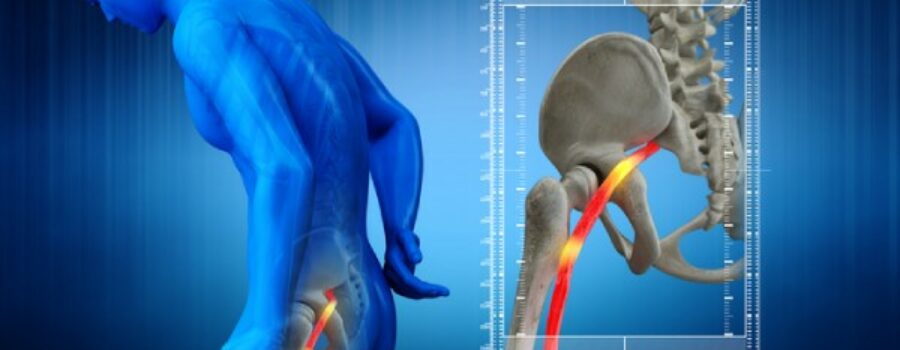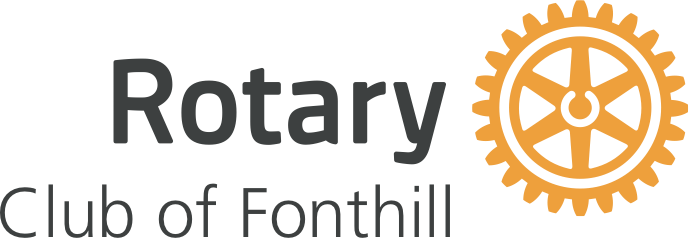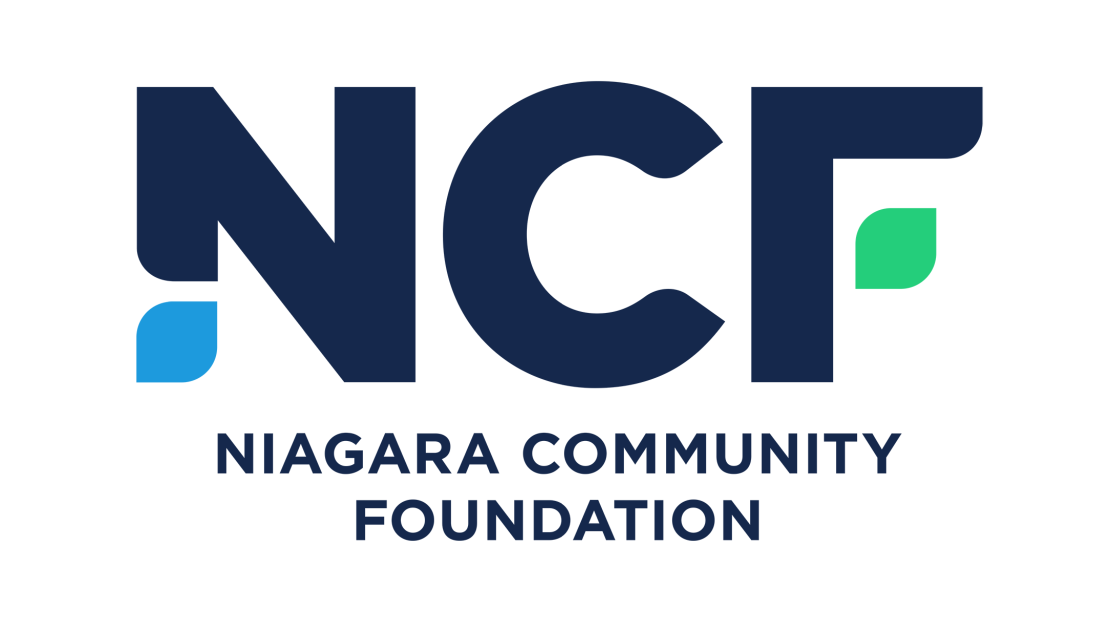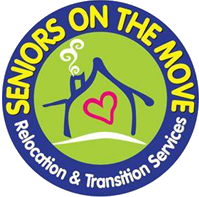Have you ever experienced a sharp, burning pain that radiates from your lower back down to your leg? That’s sciatica pain, a condition that can make everyday activities challenging.
At PharmaChoice, we understand how debilitating this pain can be. Therefore, we’re here to offer you immediate relief for sciatica pain, ensuring you can return to your daily routines with ease.
Sciatica affects a significant number of adults, and finding effective relief is crucial for maintaining a healthy, active lifestyle.
Keep reading to discover our top tips to find immediate relief for sciatica pain.
What Is Sciatica and Why Does It Hurt So Bad?
Sciatica is more than just a simple backache. As stated in an article by the University of Alberta, roughly 85 percent of Canadians will experience back pain at some point in their lives. However, only two to 10 percent of those people will actually experience true sciatica pain.
Sciatica pain is generally much more intense than regular back pain. Unlike other types of back pain, sciatica pain involves the sciatic nerve, the longest nerve in your body, which runs from the lower back through the hips and buttocks and down each leg.
What are the symptoms?
Typically, sciatica affects only one side of your body and according to Spinal Care Canada, it can manifest as pain, numbness, or tingling radiating to the buttocks, legs and feet.
Its intensity can vary from a mild nuisance to severe discomfort, significantly impacting one’s quality of life.
Symptoms can also include sharp pain or burning sensations in the lower back, buttocks, and along the path of the sciatic nerve.
Who can get it?
Virtually anyone, though it’s more common in adults aged 20 to 50, according to Mayo Clinic. Factors such as a sedentary lifestyle, obesity, and jobs that require heavy lifting can increase the risk.
How is it diagnosed and treated?
Diagnosis and treatment typically involve physical exams and, if necessary, imaging tests like MRIs. Treatment can range from self-care measures to physical therapy and, in some cases, surgery.

6 Best Tips For Immediate Relief For Sciatica Pain
Finding immediate relief for sciatica pain is crucial for those suffering from this debilitating condition. The sharp, radiating discomfort can disrupt your daily life, making even simple tasks seem insurmountable.
Fortunately, there are several strategies you can employ to alleviate your symptoms quickly. Below, we’ve compiled five ways you can ease sciatica pain when a flareup occurs.
Let’s explore these options to help you find the best ways to ease your sciatica pain.
1. Use Hot and Cold Packs for Sciatic Pain Relief
Alternating between hot and cold packs can provide immediate relief for sciatica pain. Cold packs reduce inflammation, while hot packs increase blood flow to the affected area, easing muscle tension.
Start with a cold pack for 20 minutes, then switch to a hot pack for another 20.
2. Go For a Short Walk or Try Other Physical Activities
Light physical activity can help relieve sciatica pain. Walking, for instance, stimulates blood circulation and reduces nerve inflammation.
Aim for a short, gentle walk, slowly incorporating it into your daily routine, gradually increasing the distance as your pain allows.
3. Consider Over-The-Counter Medications
For immediate pain relief, over-the-counter (OTC) medications can be effective. Always follow the recommended dosages and speak with your PharmaChoice Pharmacist to review any potential interactions with your current medications or medical conditions. Here are some of the most common OTC medications for quick relief:
Pro Tip: Look for the Option+ label on these products for affordable solutions without sacrificing quality.
4. See a Doctor & Ask For a Prescription
When over-the-counter medications do not provide the needed relief, it may be time to consult a doctor.
They can offer prescriptions for stronger pain relievers or muscle relaxants that can more effectively manage your sciatica symptoms.
Additionally, a healthcare professional can assess if your condition requires more advanced treatments such as corticosteroid injections or, in rare cases, surgery.
5. Get a Massage
Therapeutic massage can help ease muscle tension in the lower back, buttocks, and legs associated with sciatica pain.
It can also promote relaxation and reduce stress, which can indirectly alleviate sciatic discomfort.
6. Try Sciatica Stretches
Incorporating specific exercises and stretches into your daily routine can be a game-changer when it comes to relieving sciatica pain.
Specific stretches can improve flexibility, strengthen muscles, and alleviate pressure on the sciatic nerve, resulting in a decrease in pain.
Later in this article, we’ll explore some specific stretches to include in your daily routine to provide immediate relief for sciatica pain and prevent recurrence.

5 Preventative Tips For Long-Term Relief
While the above steps are helpful in relieving sciatica pain when it flares up, there are also preventative steps you can take to minimize the recurrence of sciatica pain.
1. Try Not to Sit a Lot and Stand Up
Prolonged sitting can exacerbate sciatica symptoms by putting additional pressure on the sciatic nerve.
If you work at a desk, make it a point to stand up and move around every 20 minutes. An adjustable desk that allows for both sitting and standing can be a great investment for your health.
2. Ask for Help From a Physical Therapist
A physical therapist can design a tailored exercise program to strengthen the muscles supporting your back, helping to improve your flexibility and reduce sciatic pressure.
They can also provide valuable advice on posture and ergonomics to prevent future episodes.
3. Consider Acupuncture
Acupuncture, a staple of traditional Chinese medicine, involves inserting thin needles into specific points on the body.
According to Johns Hopkins Medicine, it’s believed to stimulate the central nervous system, resulting in the release of chemicals into the spinal cord, muscles and brain, which might help stimulate the natural healing of the body.
4. Manage and Reduce Your Stress
Stress can exacerbate sciatica symptoms by increasing muscle tension and pain sensitivity.
Techniques such as mindfulness, meditation, and deep-breathing exercises can help reduce stress levels and potentially lessen sciatica pain.

Stretches For Sciatic Nerve Pain Relief
When it comes to sciatica pain, movements that target the areas most affected by sciatica, including the lower back, hips, and legs, will have the most impact.
Not only can they offer immediate relief, but they can also contribute to long-term health and mobility.
Let’s delve into some of the most beneficial stretches to combat sciatica pain long-term.
Lying Knee-to-Chest Stretch
- Lie on your back with knees bent and feet flat on the floor.
- Gently pull one knee towards your chest, keeping the other foot on the floor.
- Hold the position for 15-30 seconds.
- Switch legs and repeat.
- For a deeper stretch, fully extend one leg while bending the other up toward your chest
Cobra Stretch
- Lie on your stomach with your hands under your shoulders.
- Gently push your chest up, extending your spine. Keep your hips and legs on the ground.
- Hold for 5-10 seconds, then lower back down.
Glute Bridge
- Lie on your back with knees bent and feet flat on the floor, arms by your sides.
- Lift your hips towards the ceiling, forming a straight line from your knees to your shoulders.
- Hold for a few seconds, then slowly lower back down.
Sitting Spinal Stretch
- Sit on the floor with your legs extended straight in front of you.
- Bend your right knee and place your right foot on the outside of your left knee.
- Gently twist your torso to the right, placing your left elbow on the outside of your right knee.
- Hold for 30 seconds, then switch sides.
Child’s Pose Stretch
- Start on your hands and knees.
- Sit back on your heels, stretching your arms forward on the floor.
- Lower your forehead to the ground, feeling the stretch in your back.
Scissor Hamstring Stretch
- Stand and place one foot in front of the other.
- Bend your back knee and lean forward from your hips.
- Hold for 20-30 seconds, then switch legs.
Figure 4 Stretch
- Lie on your back, cross one ankle over the opposite knee.
- Gently pull the bottom thigh toward your chest until you feel a stretch in the buttock of the crossed leg.
- Hold for 30 seconds and switch legs.
Remember, it’s best to stretch warm muscles, so always take some time to warm up before you begin your stretching. Walk in place, or do a few jumping jacks before starting.
When To See a Doctor for Sciatic Nerve Pain Relief?
Experiencing sciatic nerve pain can be a challenging and often frustrating ordeal. While many individuals find relief through home remedies and self-care strategies, there are times when professional medical intervention is necessary.
If you’ve been struggling with sciatic pain for more than six weeks without significant improvement, it’s crucial to consult with a healthcare professional.
Persistent or worsening symptoms could be a sign of a more serious underlying condition that may require specialized treatment or intervention.
Sciatica pain that continues to intensify or fails to improve with standard care measures could indicate issues such as a herniated disc, spinal stenosis, or even nerve damage.
These conditions often necessitate a more comprehensive approach, which might include physical therapy, prescription medications, or, in some cases, surgical options.
Dealing With Sciatica Nerve Pain – Your Pharmacist Can Help!
Sciatica pain can significantly impact your quality of life, but with the right approach, it’s manageable.
There are many ways to find relief, from maintaining an active lifestyle and trying physical therapy to exploring alternative treatments. Remember, if your sciatica pain persists or worsens, it’s essential to seek professional medical advice.
Get the right sciatica pain treatment and medications today—Talk to your local PharmaChoice pharmacist!
 Back to myNiagaraOnline
Back to myNiagaraOnline
































